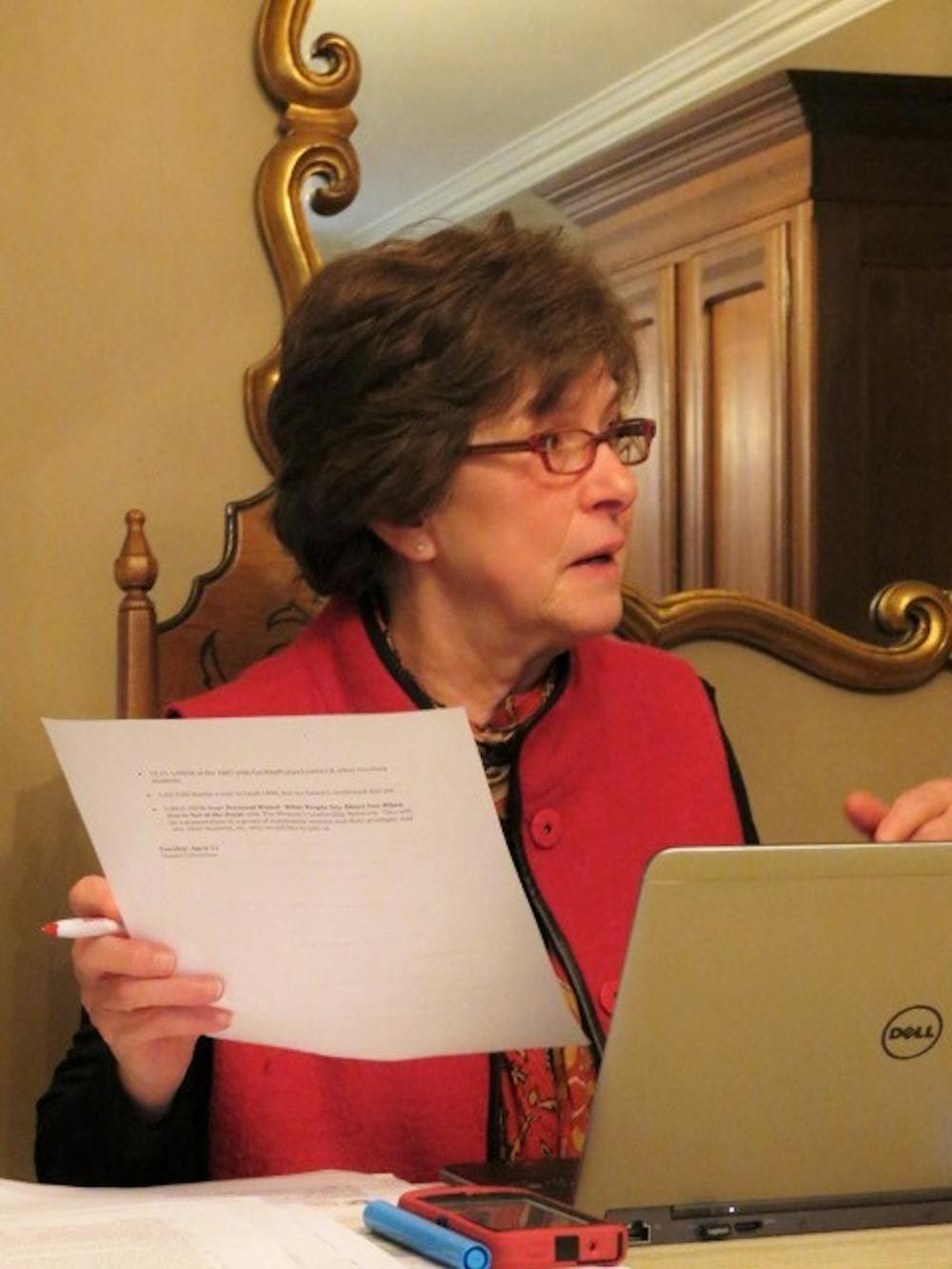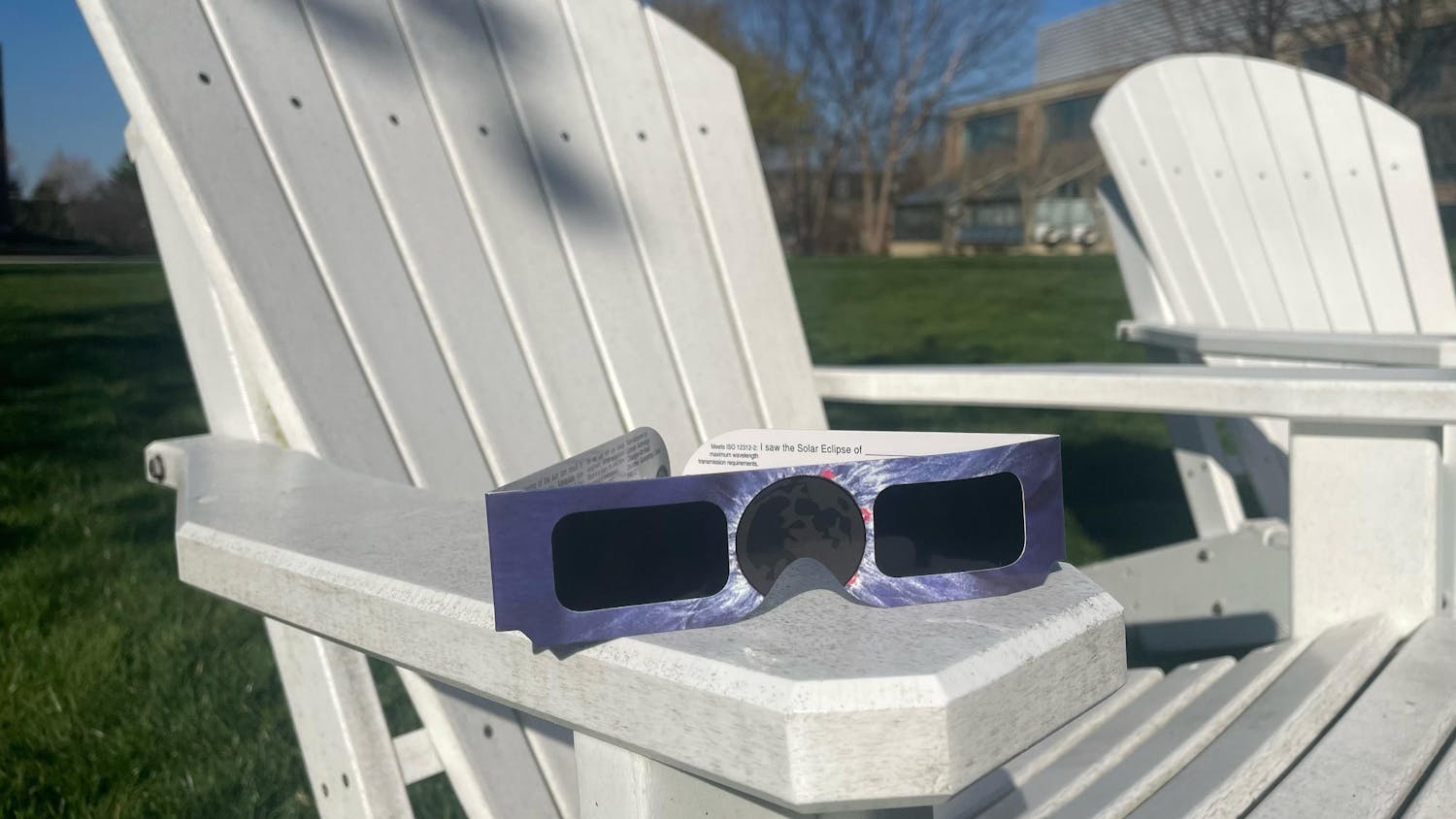Otterbein will be reducing the number of sections taught by part-time faculty.
The issue of increasing numbers of adjuncts has become a national problem for universities, particularly in Ohio where schools are impacted by lower enrollments overall and a changing job market.
Anthony DeStefanis, associate professor of history and political science, said that the situation facing Otterbein’s part-time faculty has been caused by a combination of a reduction in funding for higher education and a decrease in the number of positions for full-time professors.
“There just aren’t as many jobs as there used to be,” DeStefanis said.
DeStefanis said that at the same time this issue is taking place, there are still many people interested in becoming professors.
“There’s a lot of competition for people coming out of graduate school with PhD’s who want to become college professors. This is particularly true in the social sciences and the humanities,” DeStefanis said.
DeStefanis said that many of these adjunct professors are financially reliant on the job while they are paid around $3,500 a class, less than what a full-time faculty member is given.
Miguel Martinez-Saenz, Otterbein’s provost and VP for academic affairs, said that he is aware that some have called for an increase in part-time wages to equal those of full-time employees.
“Just to give you a sense of the order of magnitude, it’s about $6 million that we would have to put into the budget to make all part-time people have full-time equivalent salaries,” Miguel Martinez-Saenz said. “Unless somebody’s going to drop $6 million a year on us, we can’t do that.”
According to Martinez-Saenz, the intent is to raise the student-to-faculty ratio from 11-1 to 13-1 in order to account for declining enrollment. Martinez-Saenz said this goal was based on concerns for the budget and the kind of education Otterbein wishes to provide to students.
Martinez-Saenz said that his goal is to change the amount of instruction so that 75 percent is taught by full-time staff and 25 percent is taught by adjuncts.
“Relative to our decline in enrollment and relative to our peer groups, we’re somewhat overstaffed,” Martinez-Saenz said. “You could handle that in a variety of ways, we could reduce full-time positions, so we don’t have as many full-time positions or we could reduce our reliance on part-time sections.”
Martinez-Saenz said the university opted to reduce the amount of part-time sections in favor of reducing full-time instruction.
Otterbein President Kathy Krendl said, “On the one hand, we sell ourselves and we believe our mission is to have close working relationships with full-time faculty.”
Krendl said this focus was shifted away when full-time faculty started taking smaller upper-level classes while many of the introductory classes were taught by part-time.
“From my perspective, what we were trying to do was bring into balance, there are places where we’re going to need adjuncts, music lessons, specialty areas where we don’t have the faculty, we’d have PhD’s or advanced degrees in those areas,” Krendl said. “We need those folks. But we need to not turn our heads away from the idea that this is a teaching institution where students get to know faculty and faculty get to know students, that is why students come to Otterbein, they want that access, they want that.”
“If we were really worried about the cost issue, we would hire more adjuncts and not as many full-time faculty,” Krendl said.
On May 2, Otterbein’s Board of Trustees passed a balanced budget with the aid of a $2.2 million withdrawal from its equity reserves, which serve as a “rainy day fund” for the university. This took place after previous meetings in which the finance committee reported a shortfall of $850,000, later to become $150,000, in the budget.
Jim Rutherford, head of the finance committee of the board of trustees, said at the Feb. 14 meeting that Otterbein had a $150,000 shortfall.
Otterbein’s administration took measures to reduce the shortfall.
Rebecca Vazquez-Skillings, VP for business affairs, said on the budget, “The university did make budget reductions of approximately $890,000 to avoid deficit spending,”
The reduction of adjunct faculty is a complicated issue, but it is only one of the ways Otterbein plans to reduce its deficit spending.
Stay tuned with Otterbein360 for a series on how Otterbein will be maintaining its budget in the face of a challenging and evolving college environment.






